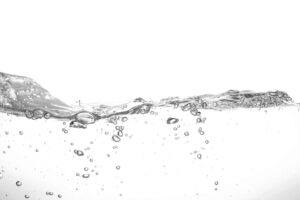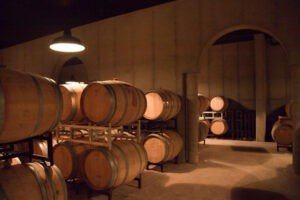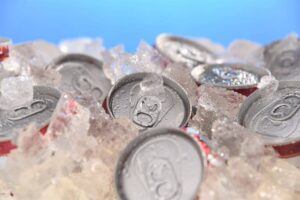If you’re launching a whisky brand, our Malted Barley Spirit could be a great place to start. Malted Barley Spirits are unaged spirits that can age to become many types of whisky such as blended malt whisky or organic whisky. Our Malted Barley Spirit is made with three main ingredients – water, malted barley, and yeast.
Malted Barley Spirit
Sasma supplies its clients with Bulk Whisky. We source these whiskies from around the world and we will look together with the clients which whisky could work for their needs.
The Malted Barley spirit is an unaged or aged spirit for less than 3 years.
The bottler is not allowed to call this whisky yet and can age this spirit in his own warehouse. Prior to maturation, this is not considered a whisky. Once the spirit undergoes maturation, it will take on the form of a Malted Barley Spirit, or another type of whisky based on maturation. If whiskiesare to be made from these spirits, they would have to undergo a maturation process. At this stage of pre-maturation, these are malted barley spirits.
- We can supply all different kinds of malt in 1000 litre IBC and tankers
- Malted Barley Spirit unaged
- Malted Barley Spirit aged for 1 or 2 years
- We are able to source these products from different origins
- Please get in contact with our sales team for more information
If you choose to mature the Malted Barley Spirit further in order to produce a form of whisky (whiskey), the spelling will differ depending on where it has been made. If the spirit were distilled in Scotland, Canada, or Japan, it is referred to as whisky. However, if distilled in the United States or Ireland, it will be called whisky.
Availability
Sasma supplies whisky, blended malt whisky and organic whisky. We also supply fresh fills of malted barley spirits and 1 year aged and malted barley spirits, with the option of older ages of blended malt upon request.










